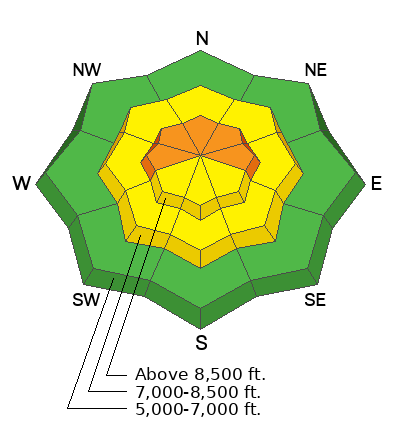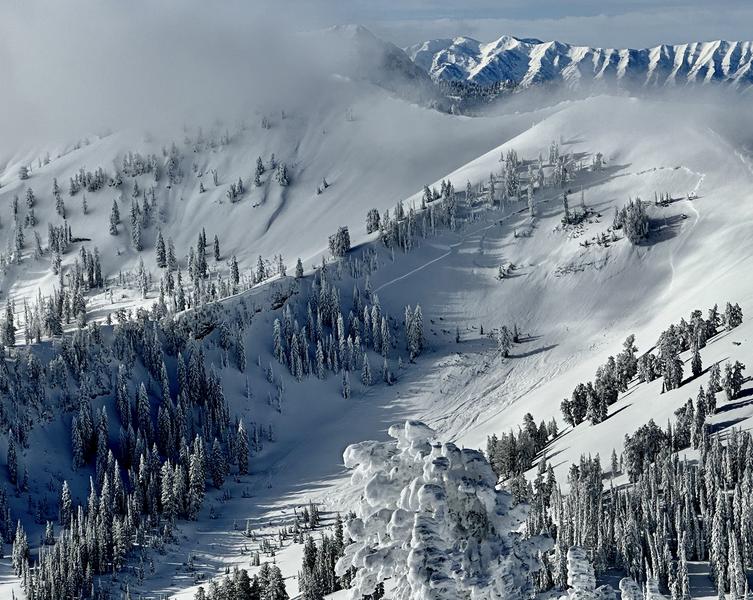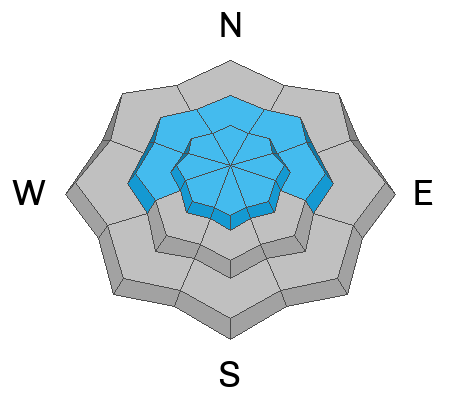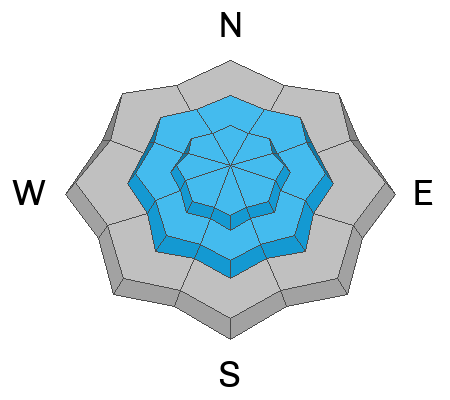Forecast for the Logan Area Mountains

Issued by Trent Meisenheimer on
Sunday morning, January 8, 2023
Sunday morning, January 8, 2023
There is CONSIDERABLE avalanche danger on all upper-elevation slopes facing west, north, and east. On mid-elevation slopes facing west, north, and east, there is MODERATE avalanche danger. In either case, people could trigger large and dangerous avalanches failing on a persistent weak layer buried 2 to 5 feet deep.
A MODERATE avalanche danger exists on all steep slopes with fresh soft slabs of wind-drifted snow. Here, human-triggered avalanches 1-2' deep are possible.
At lower elevations, we have a LOW avalanche danger where avalanches are unlikely to happen.

Low
Moderate
Considerable
High
Extreme
Learn how to read the forecast here









